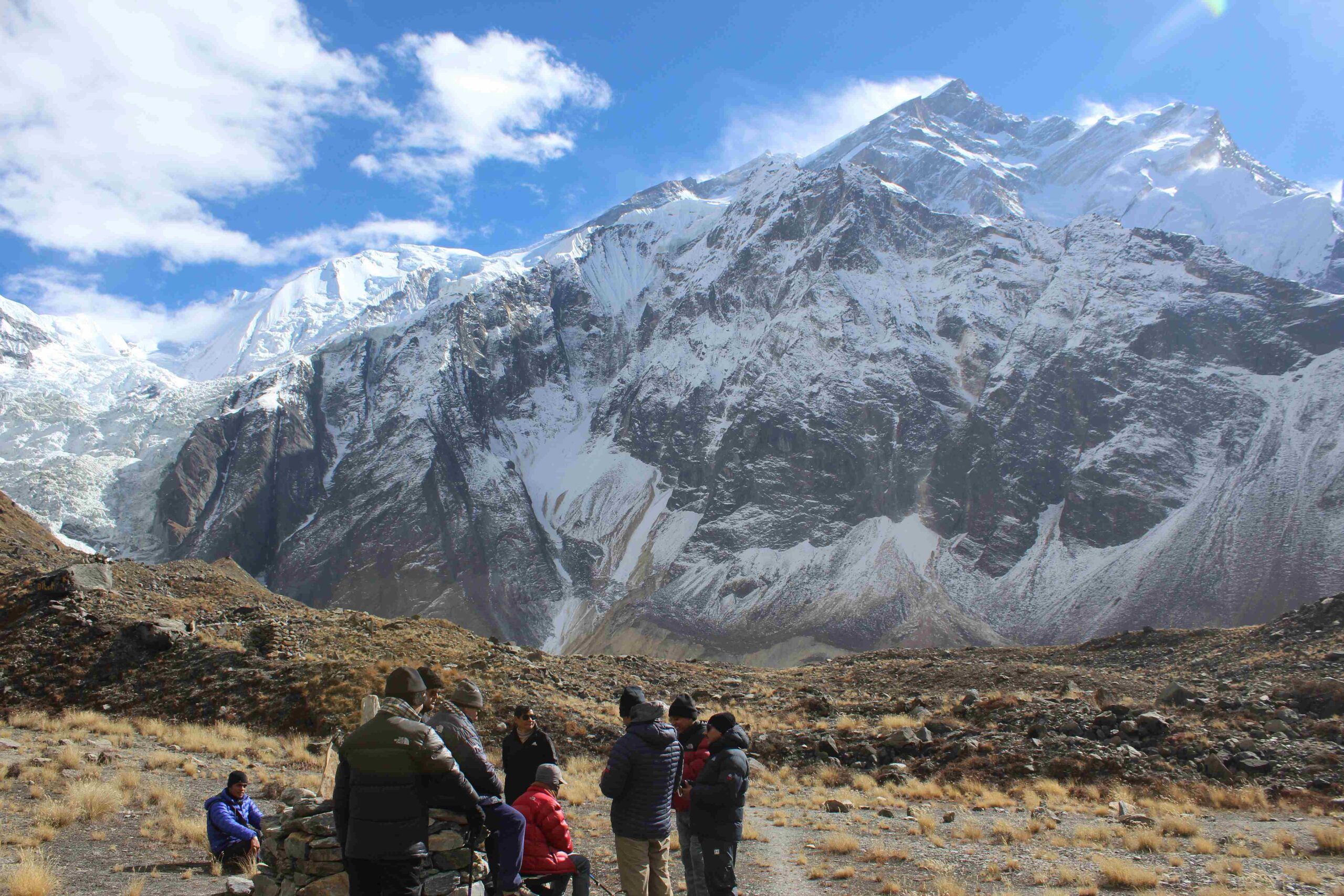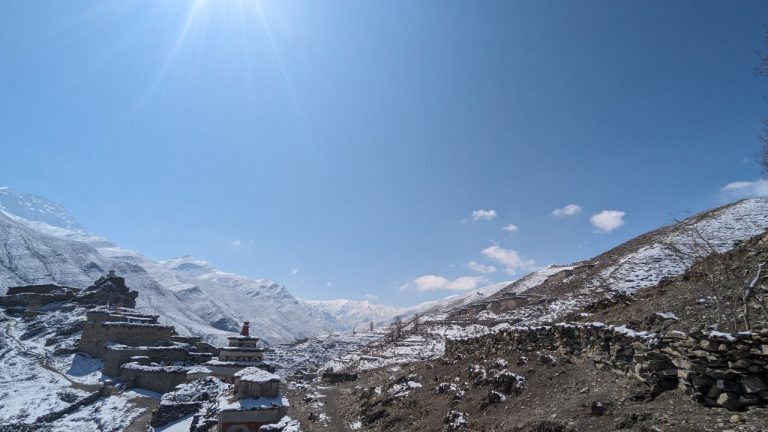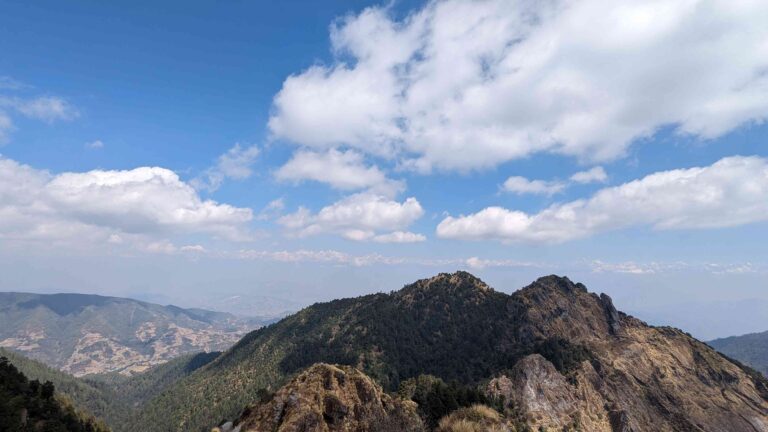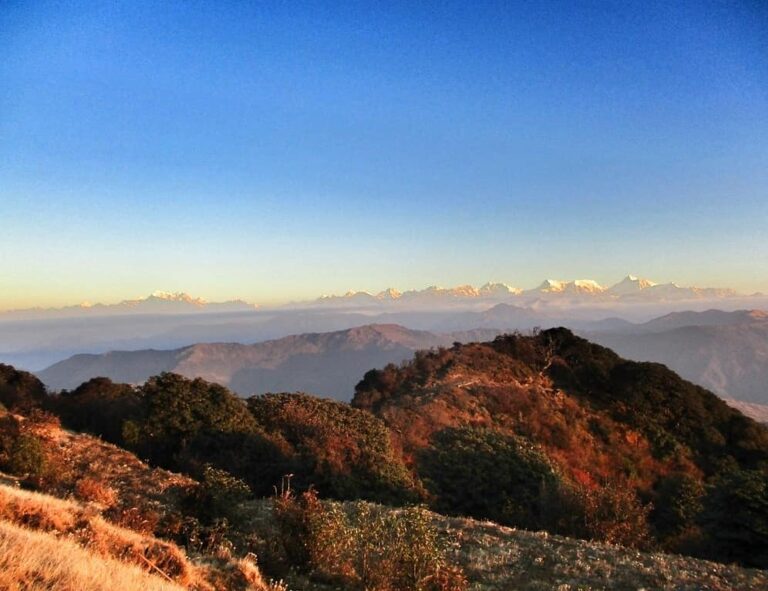adventure. In 1950, French mountaineer Maurice Herzog etched his name in history by becoming the first to conquer the formidable Annapurna I, a peak towering at 8,091 meters. This milestone not only marked a historic achievement in mountaineering but also laid the foundation for Nepal’s ascent in the international mountaineering arena.
Historical Significance of Annapurna Base Camp
The Annapurna Base Camp, where Herzog initiated his ascent from the North base camp, holds historical significance as the birthplace of high-altitude mountaineering. Three years after Herzog’s conquest of Annapurna, Mount Everest witnessed its first human footsteps. The international celebration of Herzog’s achievement not only highlighted Nepal’s mountaineering potential but also set the stage for the development of the Annapurna region as a global destination for adventure enthusiasts.
Challenges and Initiatives
However, despite its historical importance, the Annapurna Base Camp faced neglect over the years, lacking in research, infrastructure, and publicity. Bharatkumar Poon, the President of Annapurna Rural Municipality, acknowledged the oversight and highlighted ongoing initiatives to revive the Annapurna Base Camp’s glory. Efforts include the identification of Maurice Herzog’s footpath, infrastructure development, and initiatives to attract tourists.
Nature’s Splendor Along the Maurice Herzog Pathway
The journey to the Annapurna Base Camp is not only about historical conquests but also a communion with nature’s splendor. The Maurice Herzog Pathway, extending from Narchang to the North Annapurna base camp, offers trekkers a unique blend of scenic beauty and cultural richness. Recent developments, including the Nilgiri Khola hydropower project’s road route and footpath constructions, have made the trek more accessible, ensuring a two-day journey to the base camp.
Challenges and Solutions in Infrastructure
Challenges persist, with overcrowded shelters and limited facilities posing risks to the well-being of tourists. Tourism expert Ramhari Lamichhane emphasizes the need for simultaneous efforts in promoting natural beauty, historical significance, and upgrading physical infrastructure. Suggestions include footpath upgrades, suspension bridges, expanded shelter capacity, and improved amenities for the safety and comfort of visitors.
Natural Wonders of Annapurna Base Camp
The Annapurna Base Camp is not merely a destination for mountaineers; it’s a haven for nature lovers. The Panchkund Lake, a glacial marvel at an altitude of 4,305 meters, adds a touch of enchantment to the trek. Surrounded by the peaks of Annapurna, Frank, Tilicho, and Nilgiri, the lake is a natural spectacle reflecting the grandeur of the mountains.
Community Initiatives and Future Plans
Amidst these natural wonders, community-led initiatives are taking shape to preserve and develop the Annapurna Base Camp. The Annapurna Rural Municipality has embarked on creating a master plan for integrated development, with budget allocations for infrastructure enhancement and tourism promotion. Plans include community lodges, a tourist information center, and efforts to claim royalty for the Annapurna Himal, ensuring sustainable growth while respecting the region’s geographical and cultural integrity.
Conclusion: Embracing the Past, Present, and Future of Annapurna Base Camp
As the Annapurna Base Camp emerges from historical obscurity, it beckons adventurers and nature enthusiasts alike. The journey continues, weaving together history, nature’s grandeur, and community resilience, creating an immersive experience that transcends time and leaves an indelible mark on the hearts of those who venture into its embrace.




